Dollar bill in a dollar microscope
 Dec 18, 2014 • 8:13 PM UTC
Dec 18, 2014 • 8:13 PM UTC Unknown Location
Unknown Location 140x Magnification
140x Magnification Unknown
Unknown
Manu Prakash
I am a faculty at Stanford and run the Prakash Lab at Department of Bioengineering at Stanford University. Foldscope community is at the heart of our Frugal Science movement - and I can not tell you how proud I am of this community and grassroots movement. Find our work here: http://prakashlab.stanford.edu
266posts
1192comments
42locations
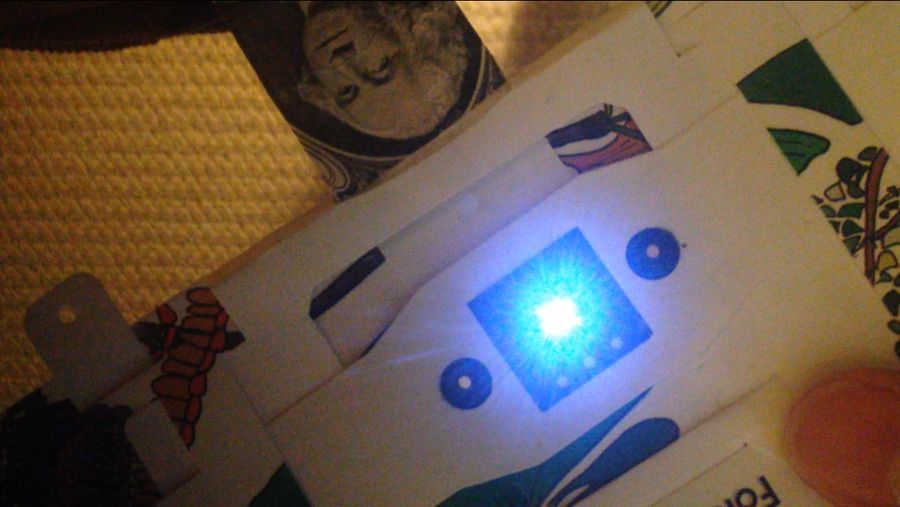
Money is one thing that transfers amongst different people all the time. It carries a little piece of us every time it moves from one person to another.
Also, as an engineered object – it is something that all civilizations have invested time and effort to engineer. You want it to serve a very special purpose (an entire civilization might collapse if something goes wrong). So it’s a special object. Why am I spending time on this – everyone agrees, a dollar bill is important.
Finally – I wanted to use an object as a standard template for measuring magnification I can achieve. For this, it’s important to use an object that everyone carries around. What better object to choose from than a one dollar bill!!!!
Anyway; I was curious to see what a dollar bill looks like in a dollar microscope. So here we go, a one dollar bill inside a Foldscope.
Methods:
1. I folded a dollar bill so president washington’s face was facing the lens.
2. A dollar bill is thin enough that k can image it in reflected microscopy.
3. Since I know very specific features on a dollar bill; and know the size of them as well; I am also able to calculate what my absolute magnification is.
4. Researchers have quantified how money plays a role in transfer of infectious diseases; so I also wanted to compare a “dirty” bill from a newly “minted one”..
Observations: Here is a quick video of what a dollar bill looks like under Foldscope. You can easily see the fibers that a bill is made out of. At a small scale; the prints are very “random” and jagged. Next, I will look at many dollar bills to see if they are all the same at a microscopic level – or do they differ in patterns at the small scales.
I used my Foldscope with 140x lens and a light module (with condenser lens) and an iPhone 5 with magnetoc couplers for imaging.
Here is a video.
Also, as an engineered object – it is something that all civilizations have invested time and effort to engineer. You want it to serve a very special purpose (an entire civilization might collapse if something goes wrong). So it’s a special object. Why am I spending time on this – everyone agrees, a dollar bill is important.
Finally – I wanted to use an object as a standard template for measuring magnification I can achieve. For this, it’s important to use an object that everyone carries around. What better object to choose from than a one dollar bill!!!!
Anyway; I was curious to see what a dollar bill looks like in a dollar microscope. So here we go, a one dollar bill inside a Foldscope.
Methods:
1. I folded a dollar bill so president washington’s face was facing the lens.
2. A dollar bill is thin enough that k can image it in reflected microscopy.
3. Since I know very specific features on a dollar bill; and know the size of them as well; I am also able to calculate what my absolute magnification is.
4. Researchers have quantified how money plays a role in transfer of infectious diseases; so I also wanted to compare a “dirty” bill from a newly “minted one”..
Observations: Here is a quick video of what a dollar bill looks like under Foldscope. You can easily see the fibers that a bill is made out of. At a small scale; the prints are very “random” and jagged. Next, I will look at many dollar bills to see if they are all the same at a microscopic level – or do they differ in patterns at the small scales.
I used my Foldscope with 140x lens and a light module (with condenser lens) and an iPhone 5 with magnetoc couplers for imaging.
Here is a video.
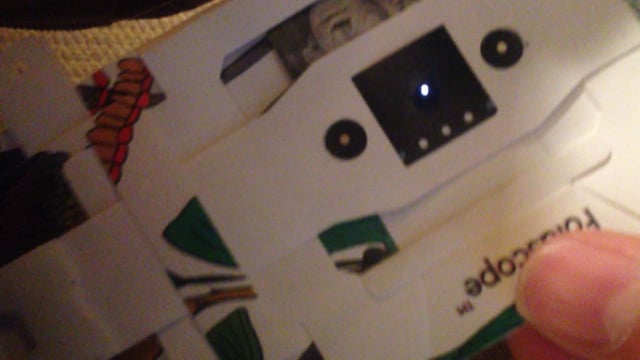
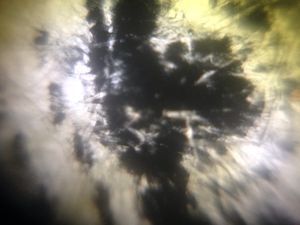
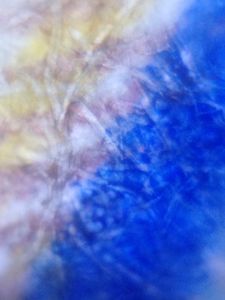
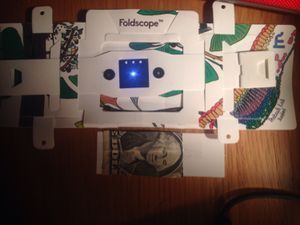
Sign in to commentNobody has commented yet... Share your thoughts with the author and start the discussion!

 0 Applause
0 Applause 0 Comments
0 Comments
















